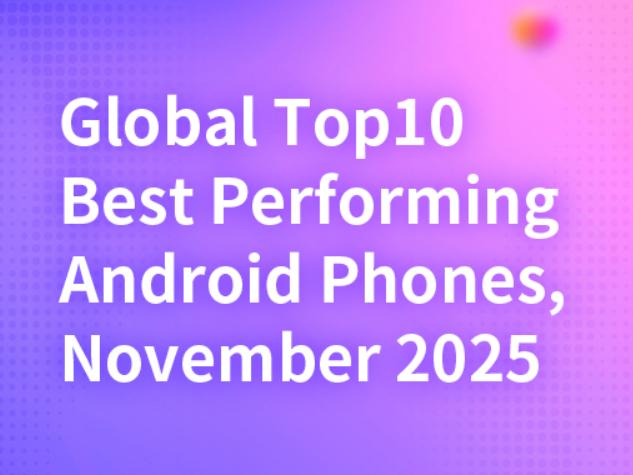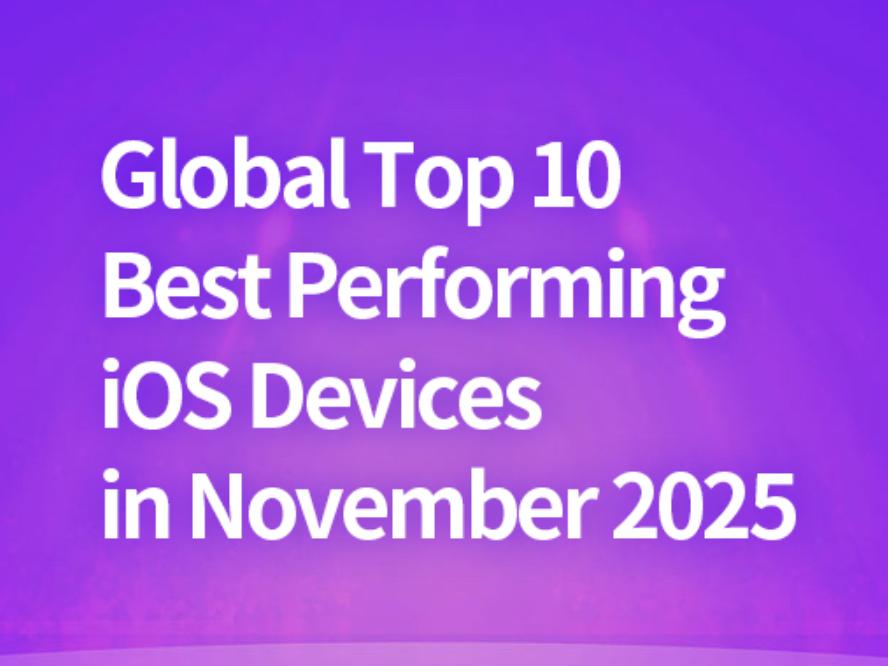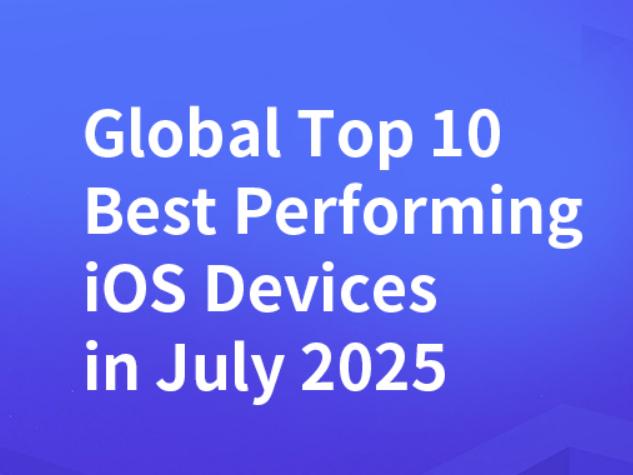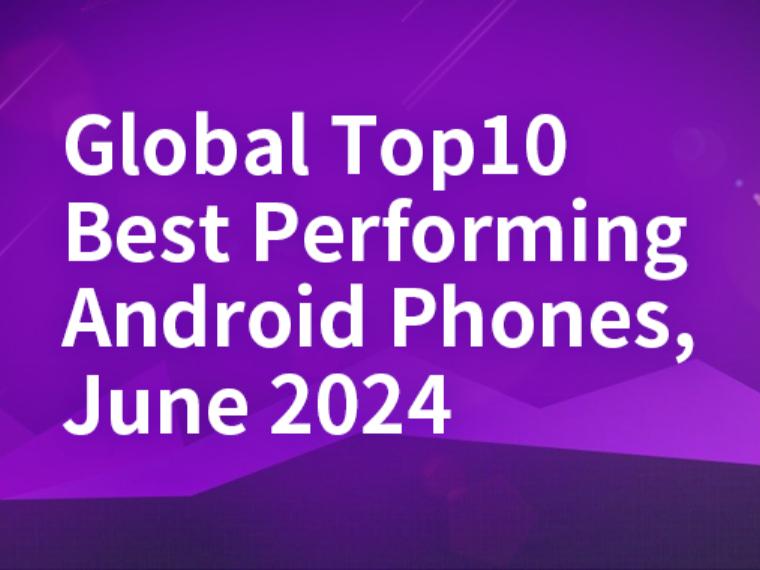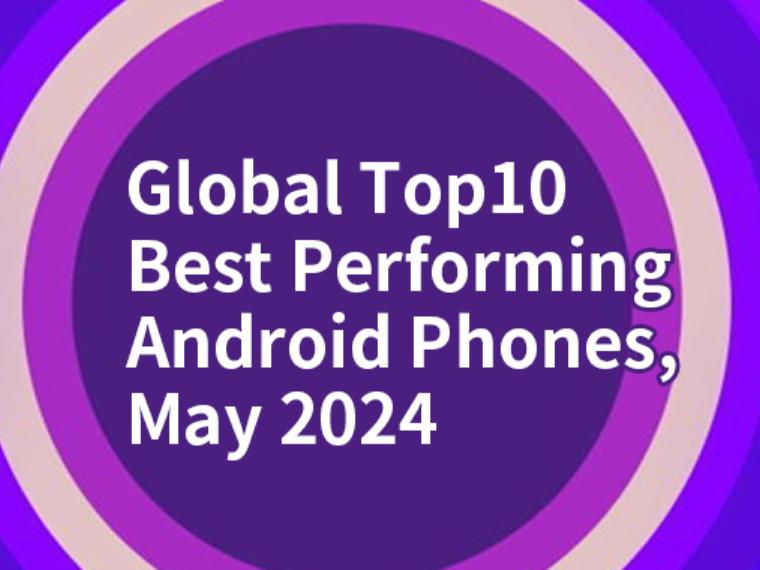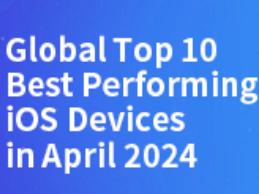Android turns five: a brief look at its history

Yesterday, Android turned five-years-old. It’s hard to believe, isn’t it? They grow up so quick.
Although I didn’t personally jump on the Android bandwagon in 2008 with the launch of the HTC Dream, more commonly known as the T-Mobile G1 here in the States, I do consider myself an early adopter of the platform. I was first in line in my area to pick up the G1′s close cousin, the Hero which launched on Sprint the following August.
Since the world’s most popular mobile platform is five-years-old, we figured it would be fitting to recount the history and bask in the awesome achievements Android has made is only a half decade.
2008-2009

On September 23, 2008, the T-Mobile G1 was released to the public, marking the actual (public) birth of the long-awaited and highly anticipated Android OS. It was then in one of its most simple forms and just barely out of beta. The application drawer was … actually a virtual drawer which was pulled up from the bottom of the display. The interface was heavily engineered with little to no polish from designers. And a display resolution of 480 by 320 pixels, only 192MB RAM, and 256MB internal storage were typical.

The HTC Hero (left) and Magic (right) ran the same version of Android, though Sense gave the OS some much-needed polish.
In under one year’s time, Android’s rapid growth had already kick-started. The HTC Hero was released internationally, and it landed on Sprint in the US with its own look. The necessary storage space doubled and RAM was increased to 288MB, the processor was a single-core 528MHz ARM 11, and the HVGA 3.2-inch display remained.
Both the Hero and G1 originally ran Android 1.5, though 1.6 Donut had been released shortly before the G1′s release in September 2008. The appearance of Android on these two phones, however, had already changed drastically, but not at the hand of Google’s developers. HTC puts its own twist on the open source software in the form of Sense, which had already been popularized on Windows Mobile. Custom icons, widgets, home screens, wallpapers, and all other elements were packaged into a launcher replacement. Just a few steps stood between you running Sense or (mostly) stock Android 1.5 on your HTC Hero.
Samsung and Sony Ericsson also released Android devices in 2009, and HTC released two more – the Magic and Tattoo. But in 2009 one manufacturer was solely responsible for sending Android on the wild ride to the top of the mobile industry: Motorola. In November, Motorola released the Milestone, also known as the original DROID on Verizon in the States. Its 854 by 480 pixel 3.7-inch display was impressive, its horizontal QWERTY made the touchscreen transition easier for BlackBerry converts, and it was a marvel in design – something consumers had not yet seen from any Android devices. But most of all, the DROID/Milestone were important because they were launch devices for the latest version of Android at the time, version 2.0, codenamed Eclair.
2010
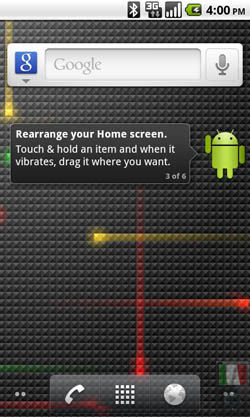
While Android 2.0 added some polish to the platform, it wasn’t the most impressive or feature-packed update of the time. In early 2010, Google announced and released its own device, the Nexus One, manufactured by HTC. It came with 512MB RAM and 512MB storage, a 1GHz Scorpion processor with Adreno 200 GPU, and a 3.7-inch 800 by 480 pixel display. It was released with Android version 2.1, which was still Eclair. But in May 2010, Froyo was released with yet another major UI change. The virtual app drawer was traded for a soft button shortcut to all applications. Adobe Flash support was added, as well as USB tethering support. Zoom gestures were built-in, support for 720p displays was added, and application installation on external storage was included.
But all these changes were only the beginning to Android’s bright future in 2010.
In Q1, Gartner reported Symbian held 44.3 percent of the global smartphone market share. Research In Motion fell in second with 19.4 percent share, and Apple’s iOS (then iPhone OS) held 15.4 percent share. Android was the fourth-largest smartphone OS with just 9.6 percent market share.
Not long after that report, however, two other major Android devices were released: the HTC EVO 4G on Sprint and the DROID X on Verizon. By Q4 2010, Android had grown to 22.7 percent market share, bumping Research In Motion and Apple to third and fourth in global smartphone market share, respectively. And it even cut into Symbian’s share, which fell from 44.3 to 37.6 percent.
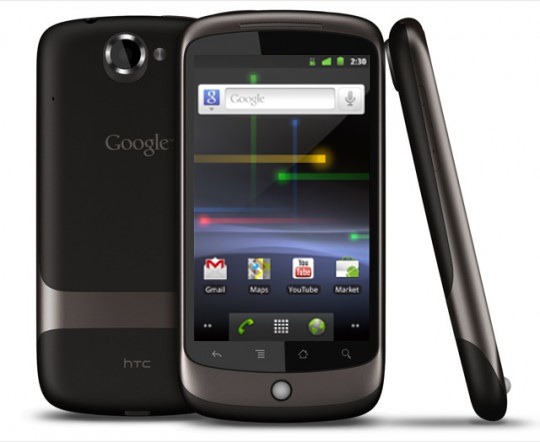
By this time, a handful of manufacturers had begun developing various smartphones. The original Galaxy S line was revealed in its many different forms, such as the Epic 4G Touch, Captivate, Infuse, Vibrant, etc., and the Nexus S launched; HTC launched the G2, Incredible, EVO 4G, myTouch 4G, and more; LG kick-started its Optimus brand with the Optimus T, Optimus One, etc.; and Motorola, of course, released the DROID X and the DROID 2.
In August, Google announced it had hit the one billion application downloads milestone from Android Market, and in October, Android Market had reached 100,000 applications.
At the very end of the year, Android was updated once again to version 2.3, Gingerbread. The interface changed, once again. The white notification shade was swapped for a cleaner black shade, the 3D effect in the dock at the bottom of the home screen was swapped for a flat gray, and a green accent color was added to the existing orange accent.
2011
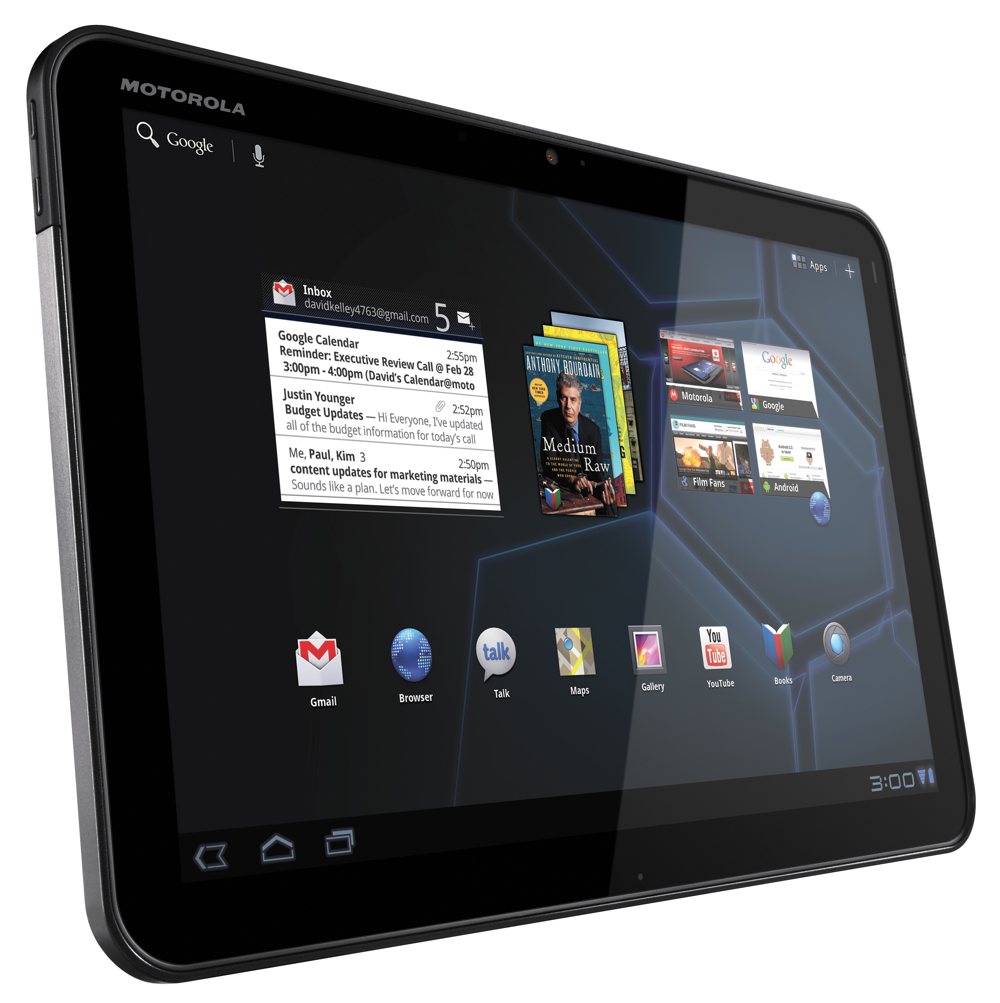
Fast forward just one more quarter, to Q1 2011, and Android surpassed Symbian to become the top smartphone OS in the world with 36 percent global market share. Symbian fell from 37.6 to 27.4 percent. From that point to today, Android has dominated the mobile industry.
Gingerbread was updated several times, from version 2.3 to 2.3.7, adding features like Google Wallet support, voice and video chat in Google Talk, battery efficiency, and much more. In February, Google introduced the forked version of Android, solely for tablets, Android 3.0 Honeycomb. This was the beginning of Matias Duarte’s handiwork.
Dozens of new smartphones were announced and released in the span of 12 months, in no particular order: HTC Amaze 4G, ThunderBolt, Incredible S, Sensation, Amaze 4G, Desire HD, Desire S, ChaCa, Salsa, EVO 3D, EVO Shift 4G, Samsung Galaxy Nexus, Galaxy S II (multiple variants), Galaxy Note, Infuse, DROID Charge, Motorola DROID RAZR, DROID RAZR MAXX, Defy, DROID BIONIC, Atrix, LG Optimus 2X, Optimus 3D, Optimus Black, Sony Xperia Arc, and many, many more.
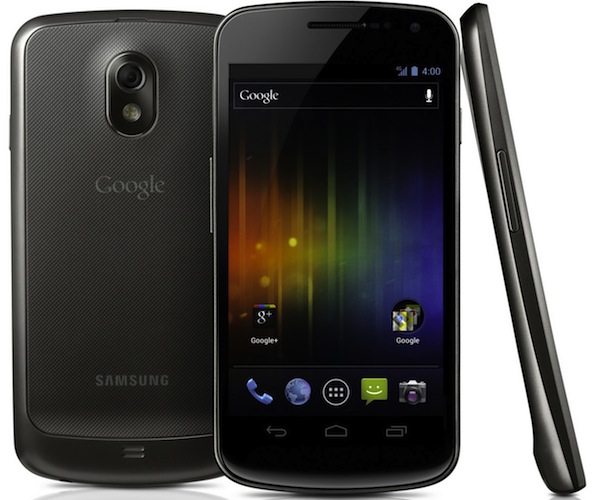
Of those the HTC ThunderBolt was the first LTE-enabled smartphone, and the Atrix came equipped with a fingerprint scanner. And the first major fork of Android was created with Amazon’s affordable Kindle Fire e-reader/tablet hybrid.
In December, Google announced yet another version of Android, Ice Cream Sandwich, version 4.0. With many hints from the tablet-specific Honeycomb, Ice Cream Sandwich was the turning point for the Android interface. This version was much cleaner, trading gradients and 3D elements for flat and black with blue neon accents. For all intents and purposes, this is the Android UI we still use today, with only minor changes and improvements being made along the way.
By the end of 2011, Android’s global market share had grown to a staggering 50.9 percent, more than double the share of iOS with 23.8 percent. Android Market had also grown at an unbelievable rate. It blew past the 10 billion application download milestone, offering over 380,000 applications.
2012
Building on its insurmountable success, 2012 was on of the best years for Android, both on a scale of growth, penetration, hardware, and software innovation.

Some of the most popular Android smartphones ever were introduced: the Galaxy S III, Galaxy Note II, HTC One X, Nexus 4, DROID DNA, and several more. Motorola introduced the DROID RAZR HD and RAZR MAXX HD, and LG released the Optimus G.
The first of these devices were among the first to sport 720p displays, which were markedly better than the WXGA displays of their predecessors. But the DROID DNA was one of the first smartphones with a 1080p display. And among these were the first quad-core smartphones, as well. Camera technology greatly improved, standard battery capacity began exceeding 2,000mAh, and standard RAM and storage were increased to 2GB and 16GB, respectively. It was undoubtedly a great year for hardware manufacturers and progression.
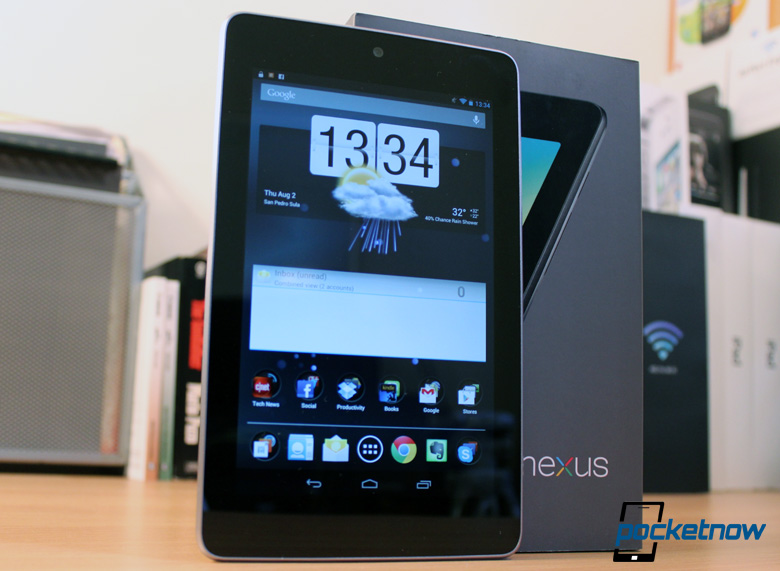
Google also focused on brand consolidation, streamlining its UI and products, and developing a passable ecosystem. Gone was Android Market and in came Google Play. It introduced Play Books, Play Magazines, Play Movies & TV, and Play Music. The Google Play Store was updated to be much more user-friendly. And the bigger picture started to come together.
In July, the most recent version of Android was announced, Jelly Bean. Stretching from Android 4.1 to (currently) 4.3, Jelly Bean is the most significant update to Android to date. Performance was made buttery smooth, thanks to Project Butter, and huge feature updates were added over the course of the following 12 months. With Jelly Bean, tablets and smartphones also share the same interface.
By the end of Q4 2012, Android had reached nearly 70 percent of the global smartphone market share, causing Microsoft, Research In Motion, Symbian, and others to fall into the single digits. Apple’s iOS also fell to 20.9 percent share from 23.8 in the same quarter the previous year. Google Play had also grown to over 700,000 applications by October, following the 25 billion downloads mark in September.
2013

All of that brings us to the current year. The crazy part? Most of these things only scratch the surface. Needless to say, it has been a seriously wild five years for Android.
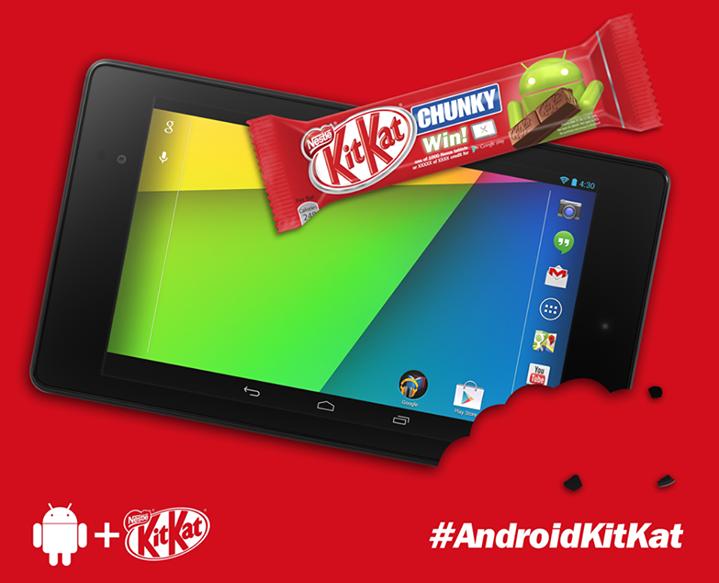
There have more than a couple forks of Android, at least one raising $7 million in funding; more than one billion Android devices have been activated to date; there are over one million applications available via Google Play, totaling over 50 billion downloads; and Android has captured a staggering 79 percent of the global smartphone market share, as of Q2 2013.
Some of the most impressive hardware and specifications are among us and belong solely to Android smartphones, such as Samsung’s Exynos Octa chipset and Qualcomm’s Snapdragon 800 chip, 1080p displays, 3GB RAM, and much more.
Android KitKat is on the horizon, as well as a new Nexus handset and impressive smartphones like the Galaxy Note 3 or HTC One Max.
It has been an awesome five years for the Android team and platform, and we can’t wait to see where 2014 and the rest of 2013 take it.

